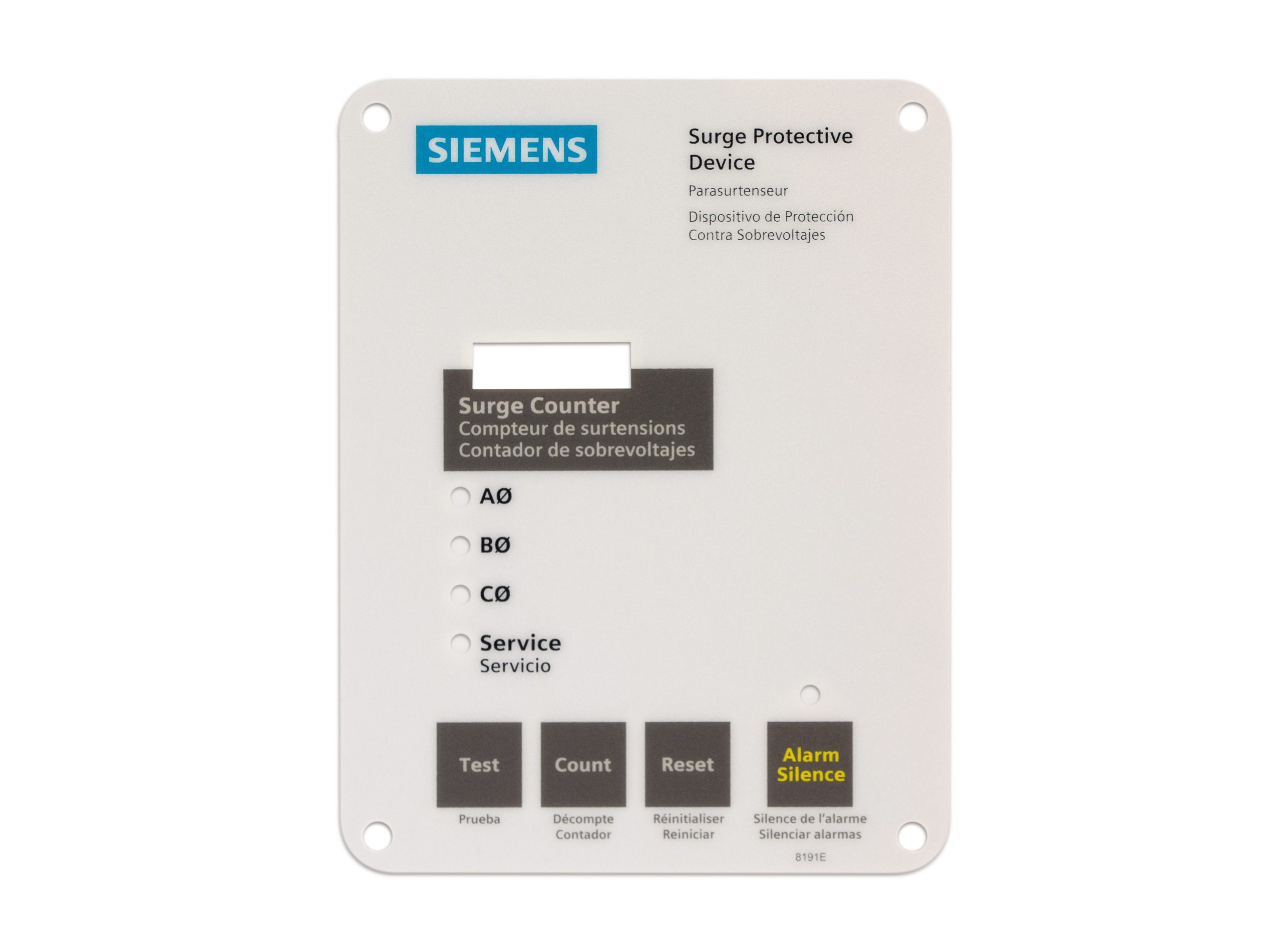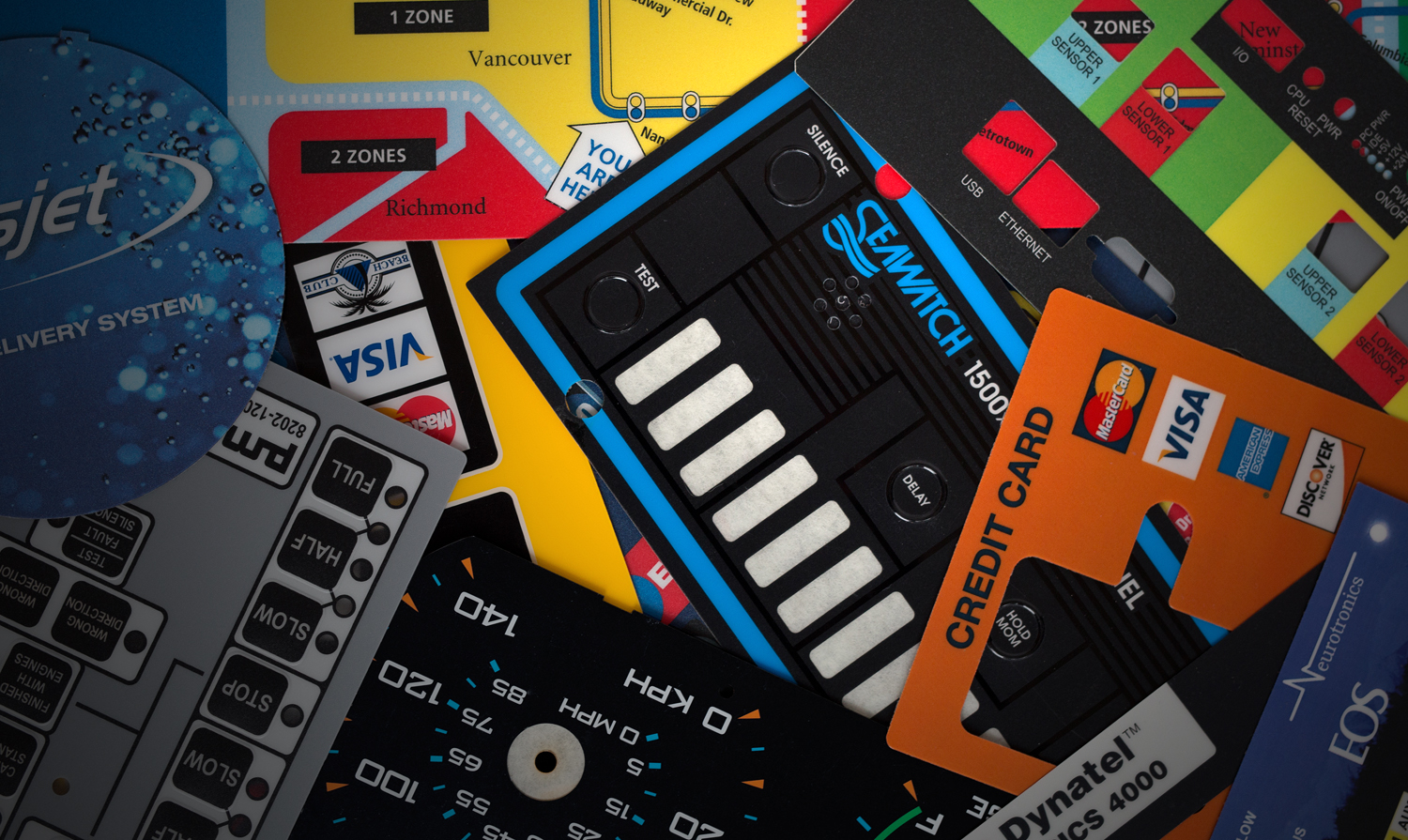Graphic Overlay and Panels-- Durable Layouts for Industrial and Commercial Applications
Graphic Overlay and Panels-- Durable Layouts for Industrial and Commercial Applications
Blog Article
A Comprehensive Guide to Selecting Graphic Overlays and Panels
Picking the appropriate visuals overlays and panels is a nuanced process that requires mindful consideration of various aspects, consisting of material homes, publishing strategies, and design elements. Therefore, a thorough exploration of these components is necessary to attaining optimal results in visuals overlay selection.
Comprehending Graphic Overlay Products
Understanding the qualities of graphic overlay materials is necessary for making certain both capability and resilience in design applications. These materials act as safety layers that not just improve the visual charm of a product however also perform critical duties in user communication and tool procedure.
The most typical products used in visuals overlays consist of polyester, polycarbonate, and acrylic. Acrylic overlays provide clarity and are typically chosen for their optical properties, though they might not provide the very same degree of effect resistance as polycarbonate.
Furthermore, the density of the overlay can influence both responsive responses and longevity. Thicker overlays give improved sturdiness but might reduce versatility, while thinner options can use more detailed style opportunities. Comprehending these features enables developers to select the ideal materials that straighten with the particular needs of their projects, making certain optimal performance and long life of the visuals overlays in different applications.
Key Printing Methods
Typically, the selection of printing techniques is an essential aspect in the production of graphic overlays and panels, as it straight affects both the visual quality and longevity of the end product. The most typically utilized printing strategies consist of screen printing, electronic printing, and pad printing, each offering distinct advantages.
It provides exceptional durability against wear, making it ideal for overlays that will experience constant usage. Digital printing, on the various other hand, enables for detailed layouts and high-resolution photos, making it ideal for personalized or low-volume tasks.
Pad printing is specifically beneficial for using graphics onto uneven surfaces, ensuring consistent quality across different shapes. This strategy is often picked for its accuracy and ability to print fine information.
Eventually, the selection of printing method need to align with the particular functional needs and aesthetic goals of the visuals overlay or panel, making sure that the final product satisfies both visual and performance requirements.
Design Considerations
When selecting visuals overlays and panels, design factors to consider play a crucial function in making certain that the final item not only fulfills practical requirements yet also aligns with branding and customer experience purposes. The visual aspects, consisting of color pattern, typography, and imagery, have to show the brand name identity and reverberate with the target audience. Graphic Overlay and Panels. A cohesive design boosts recognition and sustains brand commitment
Furthermore, the layout should focus on convenience of navigation, making certain that crucial information is quickly available. This includes strategic placement of switches, symbols, and text to help with individual interaction. The option of materials also affects design; for circumstances, a matte surface may minimize glow, while a shiny surface area can improve vibrancy.
Additionally, the overall dimensions and shape of the overlay should consider the intended application and tool compatibility - Graphic Overlay and Panels. Customized shapes might provide a special visual, yet here are the findings they have to not compromise capability
Functionality and Functionality
Use and functionality are crucial facets that figure out the efficiency of graphic overlays and panels in real-world applications. The key goal of these aspects is to boost customer interaction while ensuring that essential information is quickly accessible. A properly designed graphic overlay ought to promote user-friendly navigating and promote reliable operation of the tool or user interface it comes with.
When choosing a graphic overlay, think about the format and the setup of controls. The layout needs to focus on frequently made use of functions, putting them within easy reach. Furthermore, clear labeling with suitable symbols or text is discover this vital for quick acknowledgment and understanding. Shade contrasts and responsive comments can better improve usability, assisting individuals to differentiate between various features and making sure a smooth functional experience.
Capability likewise expands to the overlay's sturdiness and resistance to ecological variables. A durable visuals overlay must hold up against wear and tear, consisting of direct exposure to chemicals, moisture, and temperature variants, without compromising its readability or tactile residential properties. Assessing both functionality and capability during the option procedure is crucial for guaranteeing that the visuals overlay or panel fulfills the particular requirements of the application while giving a positive customer experience.
Conformity and Standards
Choosing graphic overlays and panels requires attention not only to usability and performance yet additionally to compliance with sector criteria and guidelines. Ensuring that your overlays fulfill these criteria is vital for product performance, security, and market acceptance.
Different industries have specific standards that have to be complied with. Medical tools are subject to the FDA's guidelines, while auto applications must comply with ISO criteria. Comprehending these needs early in the design procedure will reduce the danger of costly modifications or hold-ups.
Product choice is additionally important for compliance; particular chemicals and substances might be restricted or require accreditation. Overlays utilized in food-related applications should fulfill FDA requirements for food get in touch with products, guaranteeing they do not seep harmful substances. In addition, electromagnetic compatibility (EMC) standards might apply, specifically in digital devices, requiring mindful consideration of products and layout to protect against interference.
Including compliance checks throughout the layout and manufacturing procedure not just safeguards your product yet also boosts its reputation in the marketplace. Consequently, experience with relevant standards is important for any company involved in the creation of graphic overlays and panels.

Final Thought
In final thought, choosing visuals overlays and panels necessitates mindful consideration of material buildings, publishing techniques, and design elements. A comprehensive understanding of these variables promotes informed decision-making, inevitably leading to successful navigate here design results in graphic overlays and panels.

When selecting visuals overlays and panels, style factors to consider play a critical function in making sure that the final product not only fulfills useful requirements but additionally aligns with branding and individual experience goals.In conclusion, picking graphic overlays and panels demands cautious factor to consider of material homes, publishing strategies, and design aspects. A comprehensive understanding of these factors helps with informed decision-making, ultimately leading to effective layout results in graphic overlays and panels.
Report this page